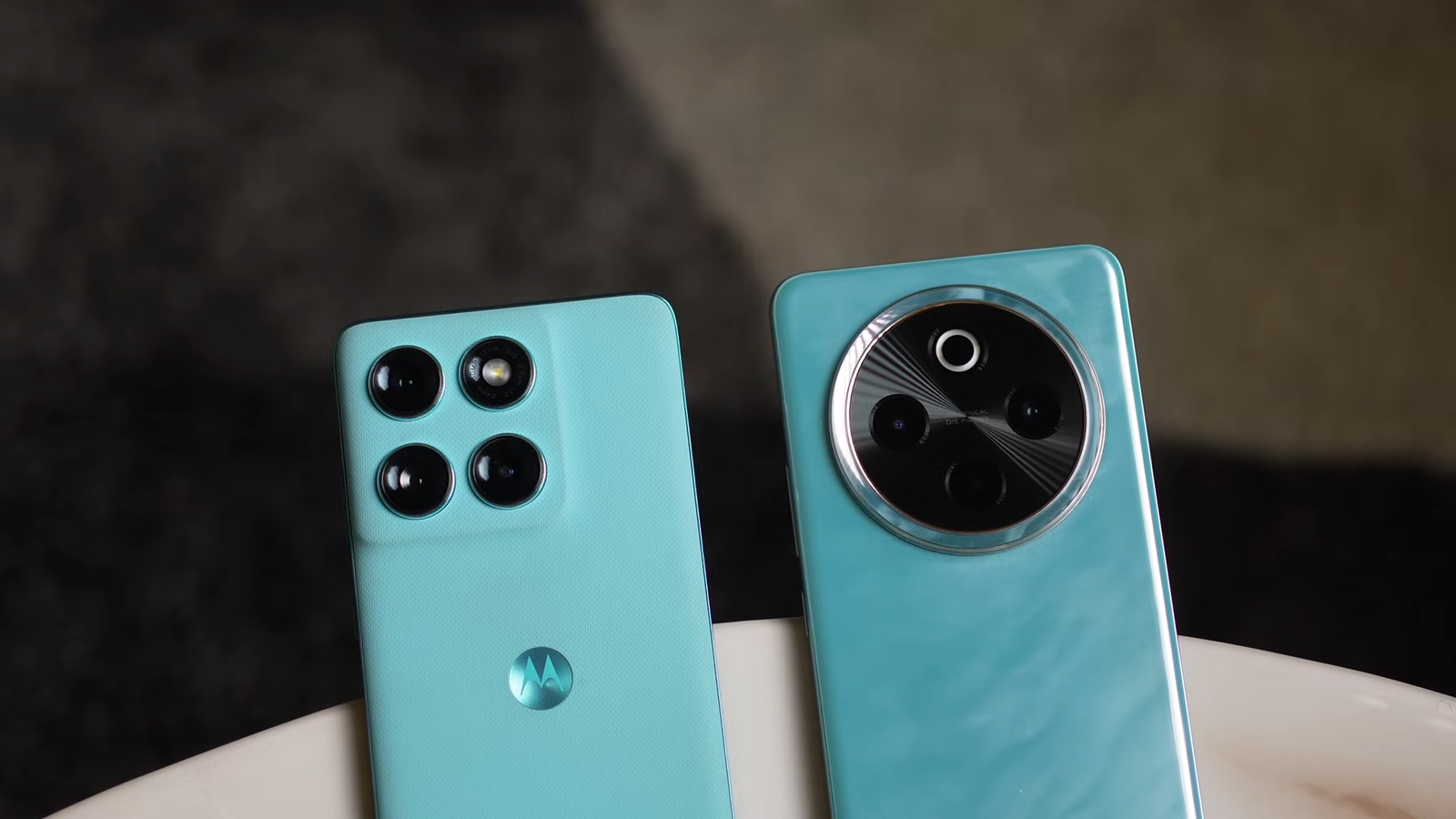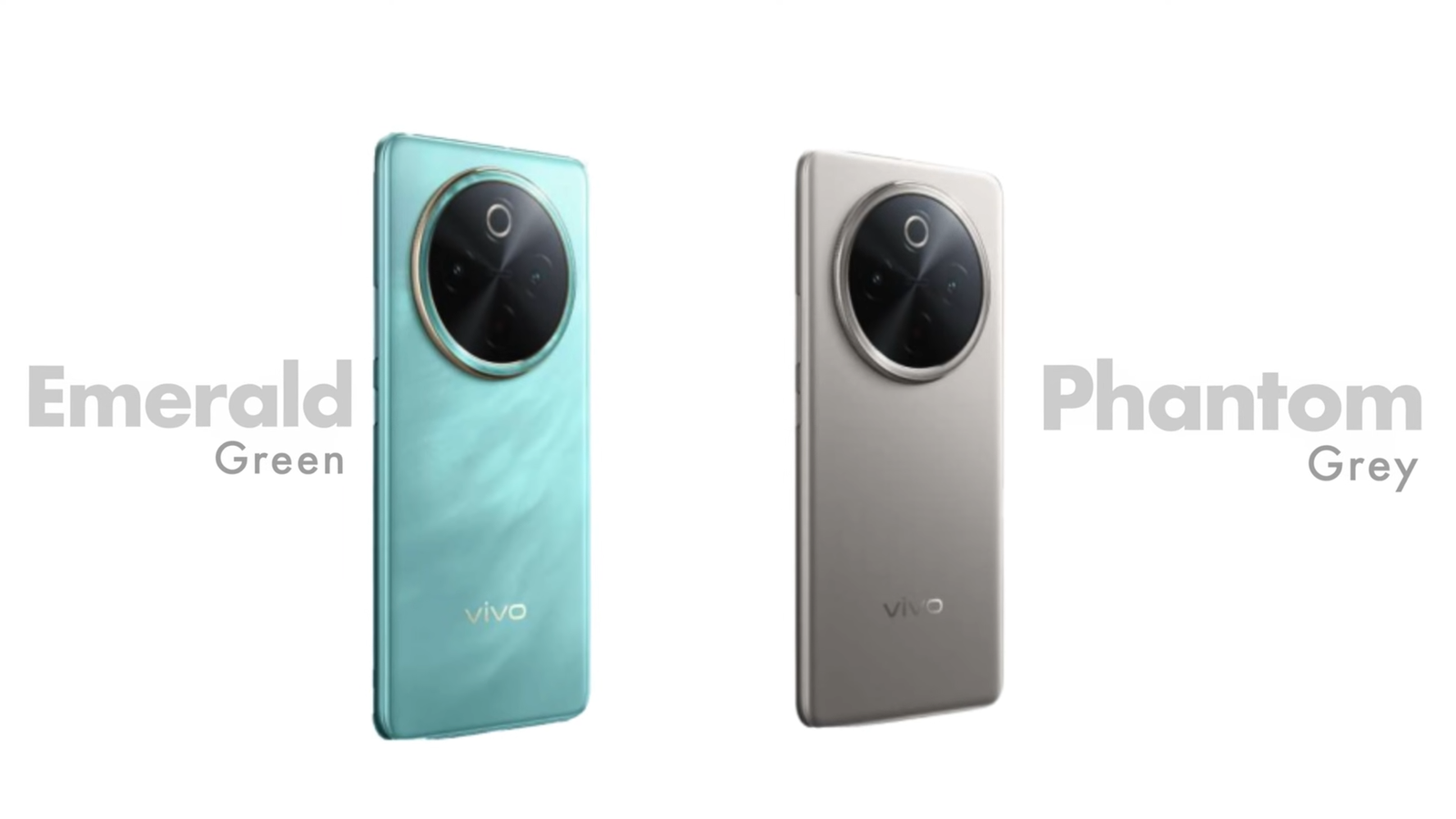Both the Moto S60 Fusion and the Vivo T4 have launched recently in India under the ₹25,000 price bracket and are available on Flipkart. Deciding between these two phones comes down to some key differences that make one stand out more in terms of value and performance.

Starting with pricing, the Moto S60 Fusion offers 8GB RAM and 256GB storage for under ₹23,000. On the other hand, the Vivo T4 with the same 8GB + 256GB configuration is priced just under ₹24,000. That’s a ₹1,000 difference right out of the gate.
One notable advantage for Moto is its SIM slot, which supports microSD card expansion. Vivo lacks an SD card slot entirely, giving Moto the upper hand in storage flexibility.
When it comes to display, both devices offer quad-curved screens, but the quality varies. Moto delivers a Pantone-validated 1.5K resolution display, while Vivo settles for a standard Full HD+ panel. The Moto screen also provides a 96.3% screen-to-body ratio, and the curves extend up to 45 degrees, making content viewing feel more immersive. The detail and curve quality in Moto’s panel stand out right away.

In terms of durability and build, Moto includes Gorilla Glass 7i protection, while Vivo uses short glass, which isn’t as strong. Display brightness is another point where Moto leads, offering 1400 nits peak brightness compared to Vivo’s 1300 nits. Moto also includes an anti-flicker mode to reduce eye strain, a feature missing in Vivo.
Both phones do offer 120Hz refresh rates and in-display fingerprint sensors. However, Moto’s Wet Touch 3.0 makes its screen usable even with wet hands—something Vivo attempts to match but doesn’t quite reach. The display resolution on Moto, combined with higher brightness, anti-flicker mode, and more aggressive curves, results in a more premium visual experience.
The multimedia experience further favors Moto due to its stereo speaker setup. Vivo only features a single speaker, which limits audio quality. Moto not only offers stereo sound but also includes Dolby Atmos and Hi-Res Audio support, delivering a richer and clearer sound profile.
The camera setup is where Moto clearly takes the lead. It features a 50MP Pantone-validated Sony Lite 700C sensor, a 13MP ultrawide lens that doubles as a macro shooter, and AI-based photo enhancements. Vivo, in contrast, uses a single 50MP IMX882 sensor. The Moto camera captures more detail, better color tones, and enhanced skies. In low light, Moto’s shots retain clarity and brightness. The ultrawide lens allows wider scene captures—something Vivo cannot do.

Both phones shoot 4K videos, but Moto offers added benefits. It supports 4K video on both the main and ultrawide lenses, along with AI video stabilization for smoother footage. Vivo only records up to 1080p on the front camera, while Moto delivers 4K selfie video with stability.
AI-based photo tools differ slightly. Vivo offers AI Eraser and enhancement features for improving photos. Moto leverages Google Photos’ powerful tools like Magic Eraser, Photo Unblur, and Magic Editor. Features such as AI Audio Zoom on Moto allow for clearer sound when zooming during video capture.
Both phones come with 32MP selfie cameras. In daylight, selfies from both devices deliver good detail and skin tones. Portrait shots are well-handled with decent edge detection. In low light, both maintain brightness, but Moto’s front camera performance in video stands out because of 4K support and better stabilization.
Durability is another win for Moto. Both phones meet MIL-STD-810H military-grade certification, but Moto includes a vegan leather finish for a more premium feel, while Vivo has a full plastic body. Moto also carries IP68 and IP69 ratings, protecting it against water and dust far better than Vivo’s basic IP65 rating.
Software plays a big role in daily usability. Both phones run Android 15, but update support differs. Moto promises three years of major updates and four years of security patches, while Vivo only offers two major updates and three years of security support.

Moto’s Hello UI is clean, with no bloatware or ads, while Vivo comes preloaded with bloatware that must be manually removed. Moto’s UI includes features like a voice assistant that understands Hindi, a “Remember This” feature for smart photo tracking, AI-powered text recognition from images, and even a feature that summarizes notes using speech input in Hindi.
Moto also includes Magic Canvas, where you can generate wallpapers from text, and AI Style Sync, which can create wallpaper based on the clothes you’re wearing. Additional features like Smart Connect and Moto Secure improve overall usability and privacy.
Moto offers three color options with vegan leather finishes, while Vivo has two plastic-finished variants. Moto has an all-curve design, including a curved back panel and edges, making it slimmer and lighter at 180 grams compared to Vivo’s 200 grams. This results in a more comfortable hand feel.


In terms of performance, Moto runs on MediaTek’s Dimensity 7400 processor, while Vivo is powered by Snapdragon 7s Gen 3. Benchmark scores and real-world usage tend to favor Moto in speed and efficiency, though specific comparisons like AnTuTu scores further clarify the performance difference.
Unlock the World of Gadgets!
Subscribe to Gadget Explorer Pro for:
- The latest tech reviews & recommendations
- Exclusive deals & insider updates
Join us now and explore like a pro!
